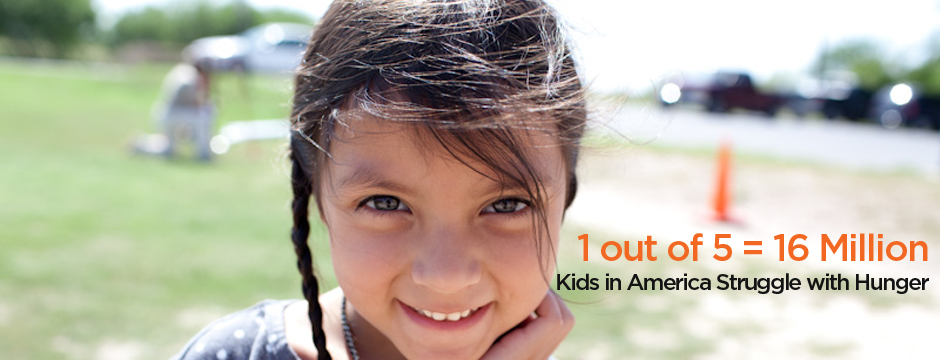Did you know that 14 percent of U.S. households were considered “food insecure,” according to the U.S. Department of Agriculture, compared to 11.1 percent in 2007, before the Great Recession began?
And now the American Academy of Pediatrics is asking that pediatricians start to ask the following questions to patients’ parents:
- Within the past year, were you worried whether your food would run out before you got money to buy more?
- Within the past year, did the food you bought not last, and you didn’t have money to get more?
I have lived in one of the richest counties in the country since 2009 and at times, it’s easy to lose sight that there are hungry families living all over the country. A few friends of mine work for the school system and have shared with me about some of the realities of students whose families can not afford the basic necessities that many others take for granted. Fresh food in general but especially regular access to fresh fruits and vegetables, basic hygienic items like face soap, tampons, body lotion. What if those families have to also deal with a food allergy like gluten? I am always remarking about how expensive avoiding gluten is when it comes to buying food — I can only imagine what it’s like for families who live paycheck to paycheck.
I was told that in our neighborhood school, approximately 1 in 13 kids are in need. It’s even more startling to think about when you are constantly seeing and hearing so many kids asking for Ipads, Uggs and vacations. So, how can we do our part to teach our kids to be mindful of how fortunate they are and why it’s important to do what they can to help without making them feel bad or guilty?
Here are a few things I have committed to doing with my own family to help:
- Monthly Donation of Non-Perishable Food: Once a month, during a Costco run, I have the kids pick out non-perishable food items to donate. It’s definitely hard to buy items that stay true to my own healthy eating beliefs, but I try to do the best I can. We usually end up buying boxes of single serve apple sauce, peanut butter, cereal etc.
- Monthly Donation of Needed Personal Items: Once a month, during a Target run, we buy items that many people don’t donate on the regular, including boxes of feminine stuff (tampons, pads), multi packs of toothbrushes, soap, facial wipes, deodorant.
 Saving Box Tops from cereal boxes and other items: Although my kids do not attend elementary school anymore, I still save these little things and drop them off at my neighborhood school when the bag I hold them in becomes full. Box Tops are the little coupon-y thing that you find printed on many products created by General Mills. Each one is worth 10¢ for the school and schools can earn up to $20K a year and many schools rely on that extra income to offer different programs and facility improvements. Improving our schools is a great to help the community.
Saving Box Tops from cereal boxes and other items: Although my kids do not attend elementary school anymore, I still save these little things and drop them off at my neighborhood school when the bag I hold them in becomes full. Box Tops are the little coupon-y thing that you find printed on many products created by General Mills. Each one is worth 10¢ for the school and schools can earn up to $20K a year and many schools rely on that extra income to offer different programs and facility improvements. Improving our schools is a great to help the community.- Saving and Donating hotel sized toiletries: Whenever I travel, I grab the courtesy toiletries that most hotels provide daily. I put all the collected ones in a large zip lock bag to donate.
The suggestions above are easy ways to involve your kids. Our kiddos learn most from their parents and what they see. Let’s show them how giving back is a family habit that they will hopefully continue as they leave our nests.
Read This
- The New Way That Pediatricians Will Look Out for Hungry Kids: A new policy statement by the American Academy of Pediatrics suggests doctors are being encouraged take the socioeconomic roots of health more seriously.
